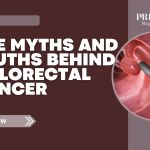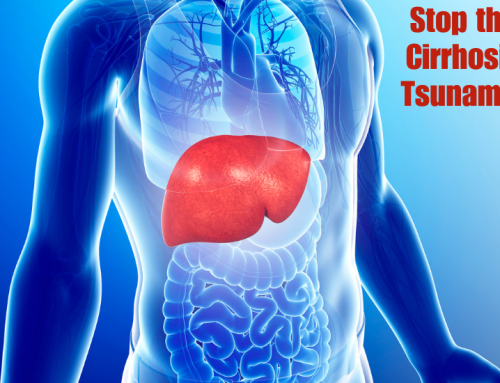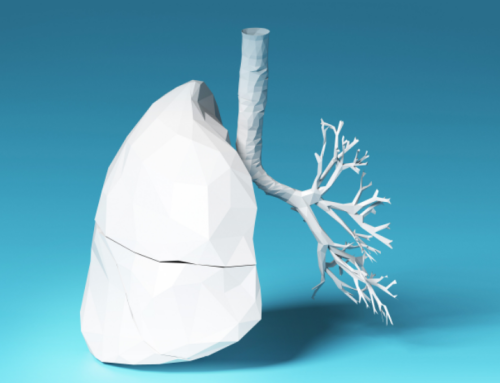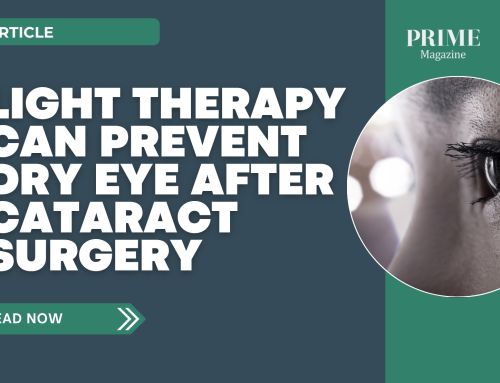Red Face: The Dangers of “Asian Flush” Syndrome
By Dr Edward Cheong

Understanding the “Red Face” Reaction
Many people have experienced facial redness after drinking alcohol. While it may seem harmless, this reaction — often called the “Asian Flush” syndrome — is linked to a higher risk of several alcohol-related cancers.
Alcohol consumption continues to rise globally and is responsible for around three million deaths each year, including over 400,000 from cancer. Strong scientific evidence shows that alcohol directly causes cancers of the head, neck, oesophagus, liver, colon, and breast. The World Health Organization’s International Agency for Research on Cancer classified ethanol as a Group 1 carcinogen, meaning there is sufficient proof it causes cancer in humans.
Alcohol Consumption Trends
Studies show a rise in drinking during the COVID-19 pandemic, particularly among people who already drank heavily. Alcohol became a coping mechanism for stress, anxiety, depression, and boredom, with further spikes once restrictions were lifted. Beyond the pandemic, alcohol use also increases during festive and social occasions such as Christmas, Lunar New Year, and birthdays.
Why Some People Flush
In the liver, alcohol (ethanol) is broken down by alcohol dehydrogenase (ADH) into acetaldehyde (AA), a toxic substance. AA is then converted by aldehyde dehydrogenase 2 (ALDH2) into harmless acetate.


Figure 1: Ethanol (Alcohol) Metabolic Pathway
A hereditary enzyme deficiency affecting about 35 % of East Asians and roughly 8 % of the global population causes this pathway to malfunction. Two possible genetic changes — one reducing ALDH2 activity and another increasing ADH activity — lead to toxic AA accumulation.
People with these mutations have lower alcohol tolerance. After drinking, they may experience facial redness, rapid heartbeat, nausea, or headaches. Because this genetic variant is more common among East Asian populations, the condition became colloquially known as “Asian Flush.” Symptoms may lessen with frequent drinking as the body adapts, but acetaldehyde build-up remains harmful.
How Acetaldehyde Damages the Body
Some individuals inherit two copies of the defective ALDH2 gene and cannot metabolise alcohol effectively at all. They experience severe flushing and discomfort after even small amounts of alcohol, making them unlikely to develop dependence.
Others inherit one defective copy and retain partial enzyme function. They can tolerate alcohol and may drink heavily, yet their acetaldehyde levels — particularly in saliva — become dangerously high, sometimes nine times higher than in the blood.
Acetaldehyde can also form locally in the mouth, throat, oesophagus, and colon through bacterial metabolism. Consequently, alcohol consumption exposes these tissues to high levels of a mutagenic, DNA-damaging, carcinogenic compound.

Oesophageal Cancer and Alcohol
Oesophageal cancer (EC) is the eighth most common cancer worldwide and the sixth leading cause of cancer death. About half a million new cases occur annually, three-quarters in Asia.
In this region, oesophageal squamous cell carcinoma (ESCC) accounts for 90 % of EC cases. Long-term irritation from smoking and alcohol use are the primary causes. Men are about twice as likely as women to develop ESCC, most often after age 50.
For individuals with ALDH2 deficiency, even moderate drinking raises risk dramatically — from 1.3-fold for light drinkers up to ten-fold for heavy drinkers. Studies suggest that if affected individuals limited drinking to minimal levels, over half of ESCC cases in certain populations could be prevented.
Recognising “Asian Flush” as a Biomarker
The characteristic facial redness after alcohol intake can serve as a visible clinical marker of ALDH2 deficiency. Clinicians can identify at-risk patients simply by asking about prior alcohol-induced flushing.
Those with this trait should be counselled to reduce or avoid alcohol, and individuals at higher risk may benefit from endoscopic screening of the oesophagus. Recent tools such as the acetaldehyde breath test (ABT) can detect the deficiency with up to 96 % accuracy.

The Combined Effect of Smoking and Drinking
Using tobacco products — including cigarettes, cigars, pipes, or chewing tobacco — significantly raises the risk of oesophageal cancer. People who smoke a pack or more a day have at least twice the risk of non-smokers, though the risk decreases after quitting.
When smoking and drinking occur together, the risk multiplies. Smoking increases acetaldehyde levels in saliva, particularly among those with ALDH2 deficiency. Therefore, global cancer-prevention strategies should prioritise individuals who use both alcohol and tobacco.

Genetic Findings and Cancer Risk
Large-scale genetic studies reinforce that alcohol directly causes cancer. Research led by the Oxford Population Health Group followed 150,000 Chinese participants for 11 years and confirmed strong links between ALDH2 and ADH mutations and cancer risk.
-
People with reduced enzyme activity who drank heavily faced markedly higher risks of head, neck, and oesophageal cancers.
-
Those with the same mutations who drank little or not at all had no increased risk.
-
In contrast, men with alcohol-metabolising mutations who abstained or drank minimally had lower overall cancer rates.
Only a small percentage of women in this study drank regularly, and no significant increased risk was seen in that group — further underscoring the impact of drinking behaviour.
Prevention Is Still the Best Cure
Cancer prevention remains one of the most powerful public-health strategies of our time. At least 40 % of cancers are thought to be preventable through lifestyle changes and early detection.
Because ALDH2 deficiency is hereditary and the enzyme functions primarily in the liver, researchers are exploring gene-therapy approaches to restore its activity — with promising early results in laboratory studies.
Recognising alcohol-flushing as a simple, visible biomarker can help identify people at risk. Avoiding alcohol, stopping smoking, and seeking medical advice early can significantly lower cancer risk and support lifelong health. PRIME












Leave A Comment